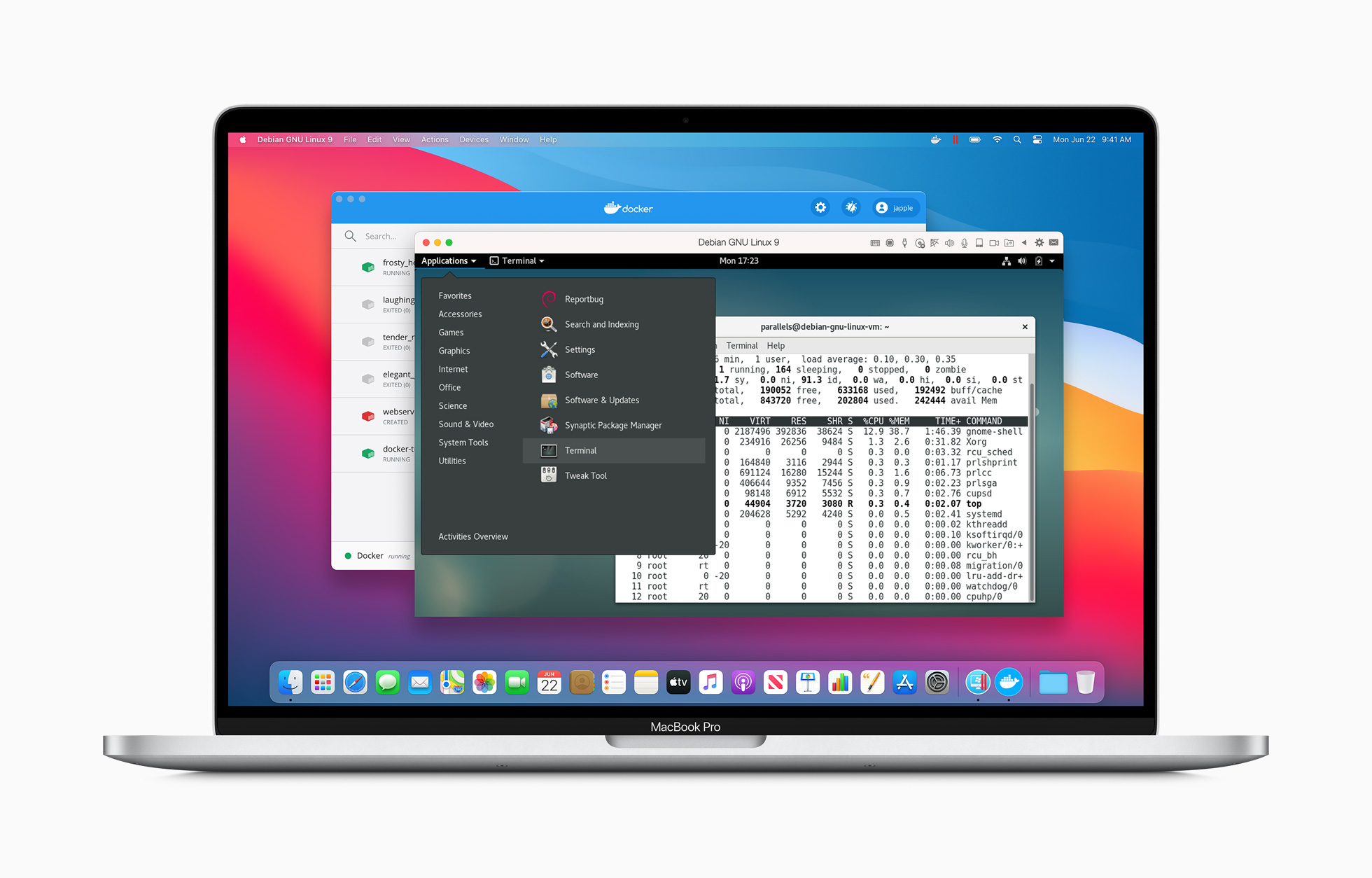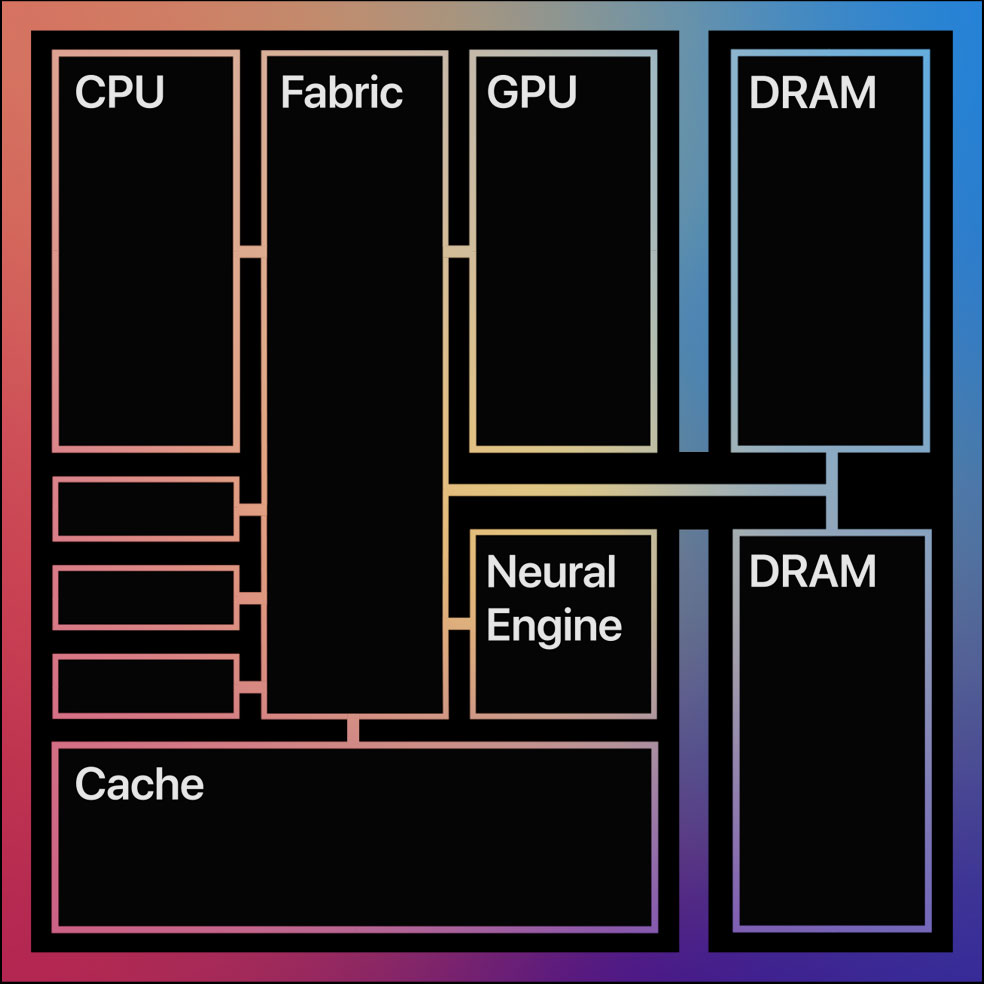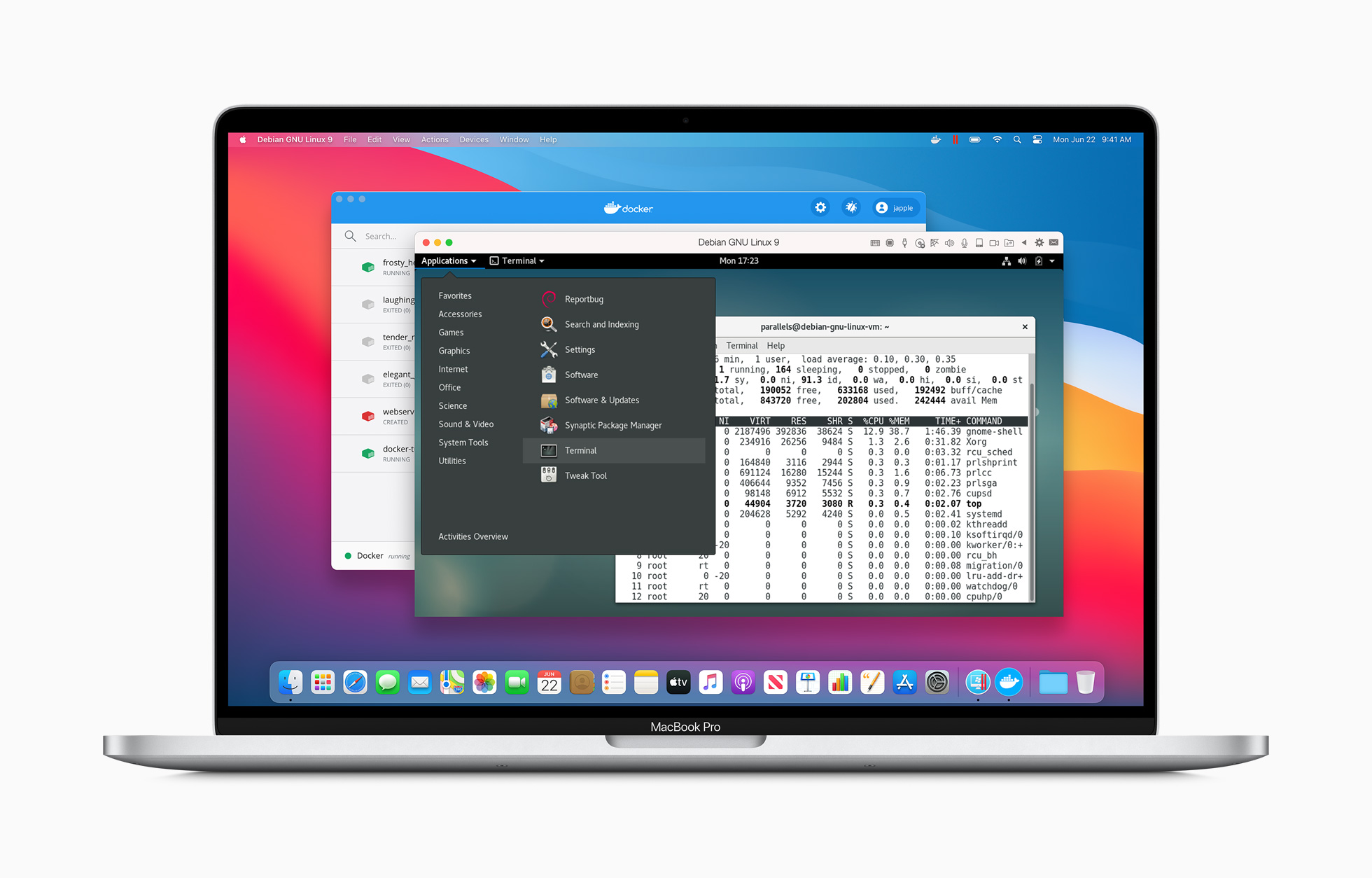I’m writing this on a new MacBook Pro with an “Apple Silicone” M1 chip, and for me, that’s a big leap.

For the past 10 years, my day job has been IT management & support in Windows environments. So I’ve used Windows at home, bought Windows computers, and both personally and professionally railed against the “Mac Tax” that comes with all Apple products.
And I felt justified in that decision. I used the same computers at home that I supported for work, because it was easier, and because Dell Latitudes are rock solid, and because these days Windows 10 pretty much just works, even if it isn’t all that sexy.
Except now my day job doesn’t involve supporting Windows users anymore, and I was tired of the same experience on every computer I used, and the timing was just right as Apple to stepped in to completely disrupt the game.
The M1 chip is revolutionary. While a traditional computer has always spread the components across the motherboard, the M1 combines the CPU, GPU, RAM, and a few other components into a single unified chip. That combination makes it fast, and lets it scale to match what you’re asking of it at any given time.

Nobody else is doing that.
In fact, Intel – who has held a virtual monopoly for years – hasn’t done anything especially innovative in a long time. It’s going to cost them. Intel has been too complacent for too long, and in my opinion, Apple just pulled the rug out from under them.
The M1 is faster, has better battery life, and for once Apple is offering it at a price that’s almost better than some of the high-end Windows options. But most of all, it’s something new and exciting. It was enough to make a dedicated tech geek like me stop and take notice.
I’m not going to turn in my Windows computers and become a fanboy. Not hardly. But right now, I like using the MacBook, and I appreciate the things it does well – and the things it does better.
A lot is changing lately, and I’m leaning into some of it.
